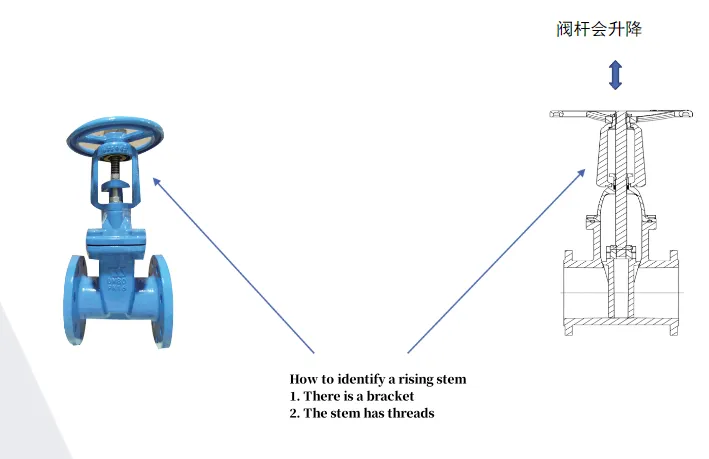globe valve pneumatic actuator
Understanding Globe Valves with Pneumatic Actuators An Overview
Globe valves are a critical component in various fluid control applications. Their design facilitates precise regulation of flow, making them ideal for systems requiring accurate control over fluid dynamics. When paired with pneumatic actuators, these valves become even more efficient, enhancing automation and operational responsiveness in industrial settings.
The Structure and Function of Globe Valves
A globe valve consists of a spherical body with an internal baffle that creates a dividing barrier to control flow. This design enables smooth and gradual changes in the fluid flow, which is crucial for applications where pressure drop and turbulence need minimization. The primary components of a globe valve include the valve body, disc, seat, and stem, with the disc moving up and down to either open or close the flow passage.
One of the standout features of globe valves is their ability to throttle flow. Unlike gate valves, which are primarily used for on/off control, globe valves allow for finer adjustments to flow rates. This characteristic makes them indispensable in processes where maintaining specific flow rates is essential, such as in chemical processing and water treatment facilities.
The Role of Pneumatic Actuators
Pneumatic actuators utilize compressed air to activate the valve's movement. These devices convert air pressure into mechanical motion, allowing for rapid opening and closing of the valve. The actuator typically consists of a cylindrical chamber, where air is supplied through one side, creating pressure that pushes a diaphragm or piston to move the valve stem.
globe valve pneumatic actuator

Integrating pneumatic actuators with globe valves provides several advantages, notably in terms of speed and automation. Pneumatic systems can typically operate faster than electric or hydraulic alternatives, making them ideal for processes that require quick response times. Furthermore, their ability to control multiple valves simultaneously enhances operational efficiency, especially in automated systems where centralized control is crucial.
Applications and Advantages
The combination of globe valves and pneumatic actuators is widely utilized across various industries, including oil and gas, pharmaceuticals, food processing, and power generation. In these sectors, precision and reliability are paramount. Pneumatically actuated globe valves are often employed for tasks such as regulating steam flow, controlling chemical dosing, and managing high-pressure water systems.
Several advantages emerge from using this combination. For instance, pneumatic actuators can handle large volumes of fluid efficiently without requiring extensive electrical installations, reducing potential hazards associated with electrical systems in explosive environments. Additionally, they offer superior fail-safe features; in the event of power loss, most pneumatic valves can default to a safe position, either fully open or closed, ensuring system integrity.
Conclusion
In summary, the synergy of globe valves and pneumatic actuators represents a significant advancement in fluid control technology. By offering precise control over flow rates and enabling rapid operational responses, this combination plays a vital role in enhancing the efficiency and safety of numerous industrial processes. As industries continue to adopt automation technologies, the relevance of pneumatically actuated globe valves is only set to grow. Their reliability and ease of use make them an essential component in modern engineering solutions, underlining their importance in the quest for improved operational efficacy across various sectors.
-
The Key to Fluid Control: Exploring the Advantages of Ball Valves in Industrial SystemsNewsJul.09,2025
-
The Versatile World of 1, 2, and 3 Piece Ball ValvesNewsJul.09,2025
-
Stainless Steel Ball Valves: The Ideal Choice for Efficient Flow ControlNewsJul.09,2025
-
Optimizing Fluid Control with Ball Float ValvesNewsJul.09,2025
-
Manual Gate Valves: Essential for Control and EfficiencyNewsJul.09,2025
-
Everything You Need to Know About Butterfly ValvesNewsJul.09,2025
-
The Versatility of Wafer Type Butterfly ValvesNewsJul.08,2025




